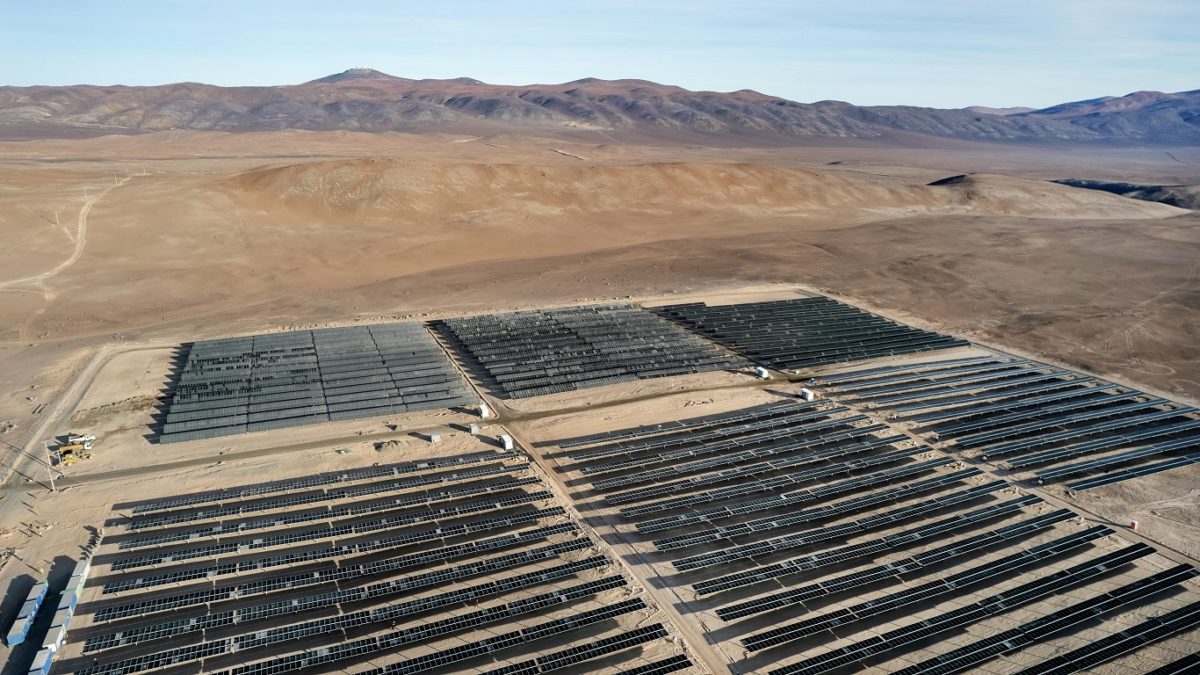From pv magazine Latam
The plant is divided into two sub-units with a capacity of 4 MW and 5 MW, respectively.
The first of the two facilities is aimed at covering the observatory's current and projected demand during the day, when the greatest energy demand is produced by the cooling systems of the multiple telescopes operating there, including the Very Large Telescope (VLT), which is the world's most advanced optical and near-infrared operational telescope.
The second installation is dimensioned to cover, also during the day under normal conditions, the total power demand of the Extremely Large Telescope (ELT), which is currently under construction and set to become the largest optical telescope in the world with a main mirror of 39 meters in diameter.
Popular content

Image: wikimedia commons
The PV complex consists of 18,565 bifacial panels installed on trackers, distributed over 7.2 hectares of land, with a plant factor of 37%. Its construction took nine months and required a total investment of $10 million.
Excess energy from the plant will be injected into the National Electric System.
The start of operations of the ELT is scheduled for the end of this decade and it is claimed that it will be a telescope that will revolutionize astronomy since it should detect planets similar to Earth orbiting other stars. It could be the first instrument to find evidence of life outside our solar system.
This content is protected by copyright and may not be reused. If you want to cooperate with us and would like to reuse some of our content, please contact: editors@pv-magazine.com.


11 comments
By submitting this form you agree to pv magazine using your data for the purposes of publishing your comment.
Your personal data will only be disclosed or otherwise transmitted to third parties for the purposes of spam filtering or if this is necessary for technical maintenance of the website. Any other transfer to third parties will not take place unless this is justified on the basis of applicable data protection regulations or if pv magazine is legally obliged to do so.
You may revoke this consent at any time with effect for the future, in which case your personal data will be deleted immediately. Otherwise, your data will be deleted if pv magazine has processed your request or the purpose of data storage is fulfilled.
Further information on data privacy can be found in our Data Protection Policy.